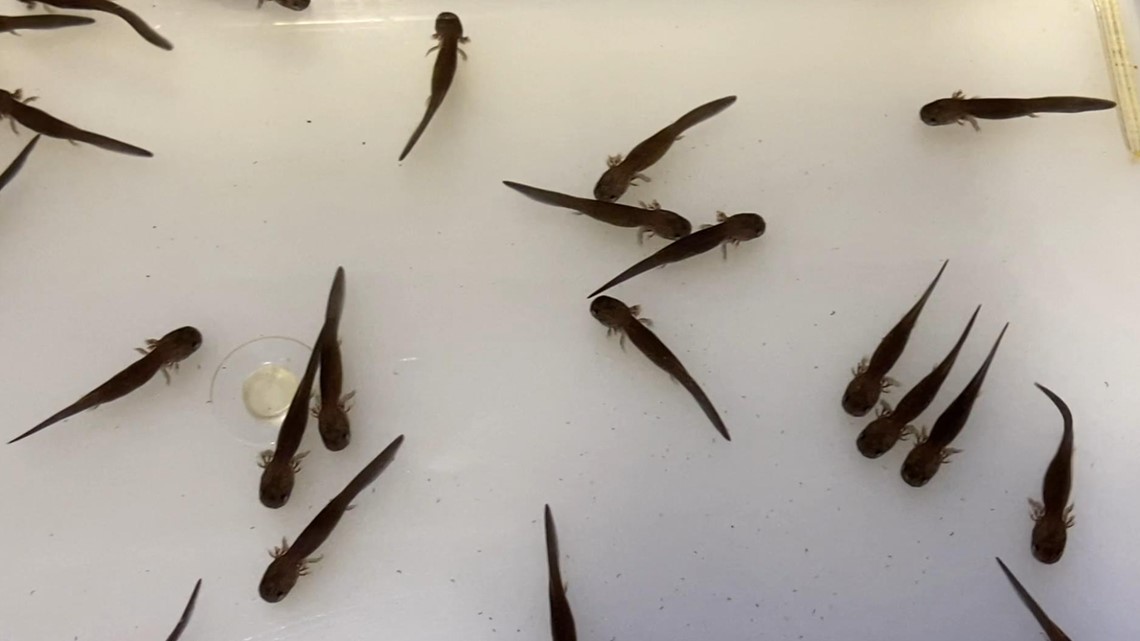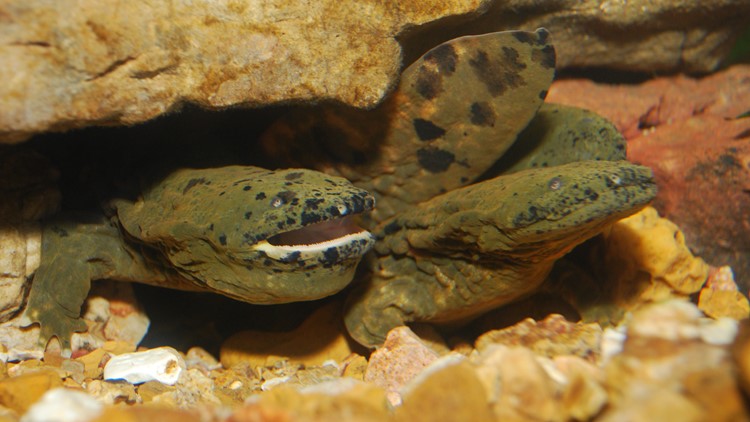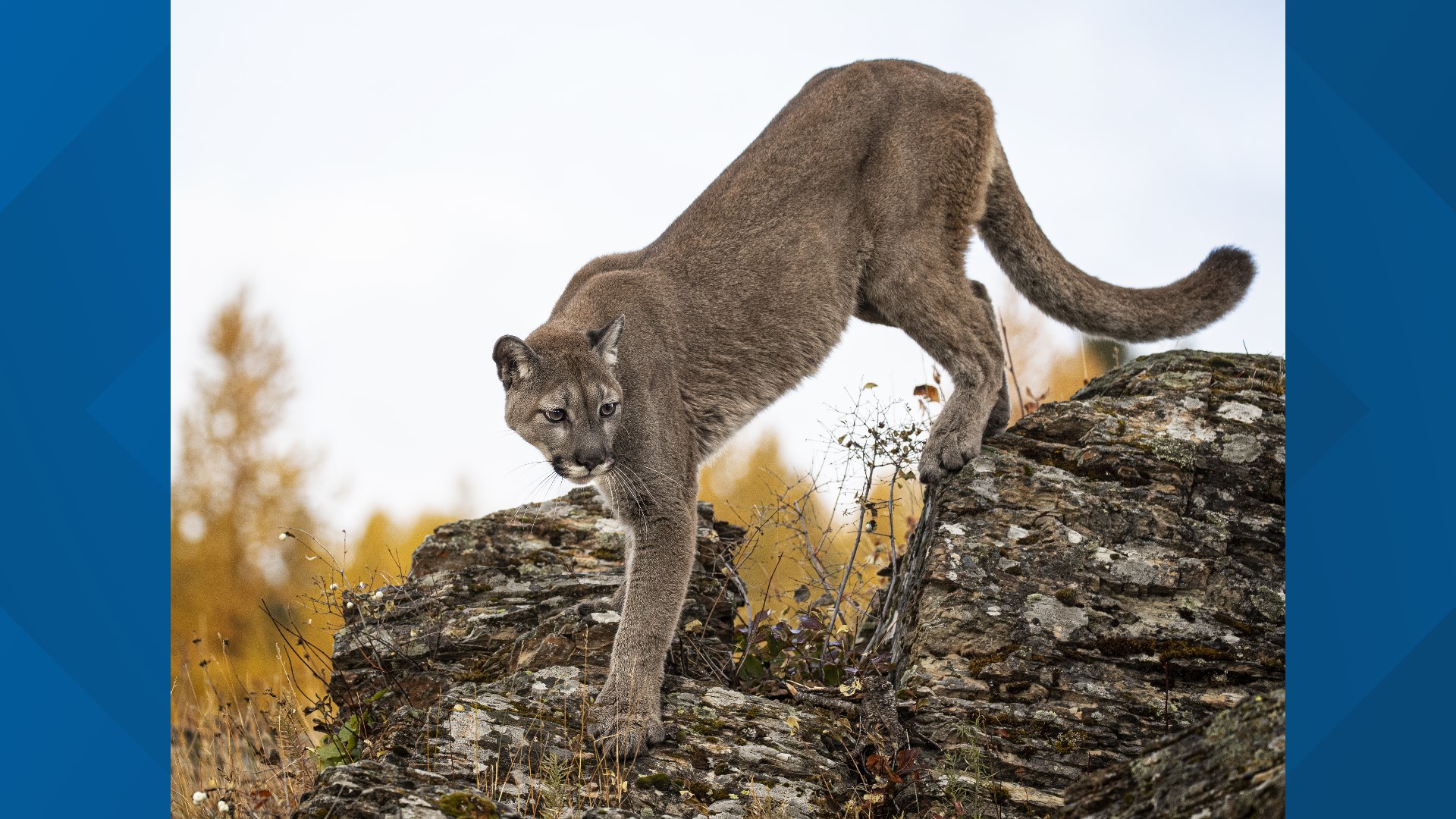ST. LOUIS — The St. Louis Zoo gained more than 1,000 new residents this fall. They're called hellbenders, and they're the largest aquatic salamanders in North America, according to a release sent out Monday.
From October through early December, the zoo hatched 1,333 Ozark and eastern hellbenders in an ongoing effort to help their populations grow. They are both considered endangered in Missouri. Some of the hatchlings were Zoo-bred, others were eggs that came from Missouri river systems.
Once the hellbenders are 2 to 8 years old, they can go back into their natural habitat in the Ozark aquatic ecosystem. This summer, more than 800 hellbenders raised at the Zoo were released. Since 2008, nearly 10,000 of the water species hatched at the Zoo have made their way back into the wild.


This year also marks 10 years since the St. Louis Zoo was among the world's first to successfully breed Ozark hellbenders. In fact, the zoo-bred hellbenders this time around are second-generation offspring from that effort.
“Over the last decade, Zoo animal care professionals have continued to successfully care for and reproduce Ozark hellbenders,” said Lauren Augustine, Curator of Herpetology at the Zoo and Director of the Saint Louis Zoo WildCare Institute Ron Goellner Center for Hellbender Conservation. “Each year the keepers collect extensive data on the reproduction and growth of these amazing salamanders. It is the dedication and passion of these keepers that makes this conservation breeding program such a huge success that continues to improve and evolve each year.”
The continued effort of preserving the hellbender species is a combined effort between the St. Louis Zoo, the Missouri Department of Conservation and the U.S. Fish & Wildlife Service.



